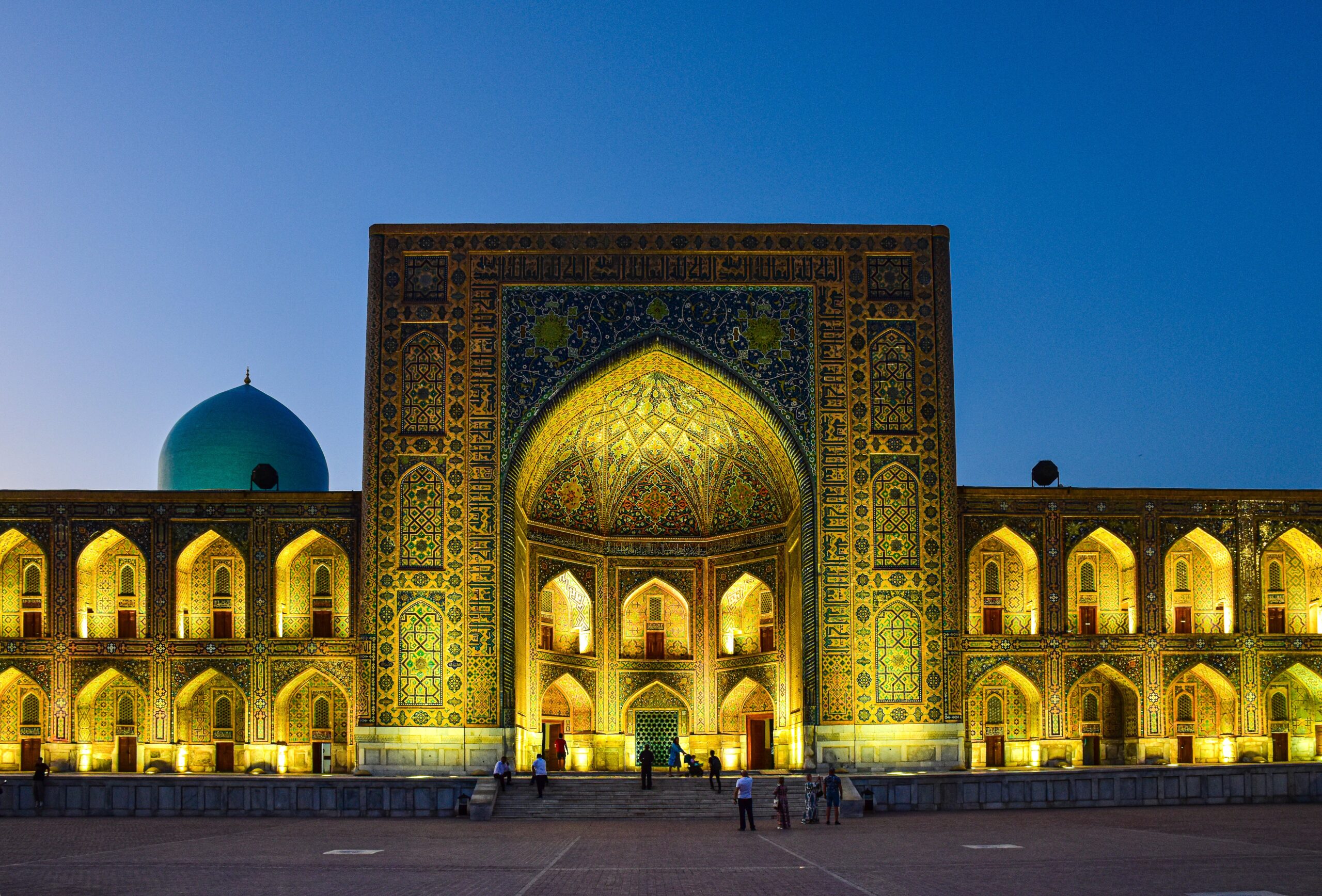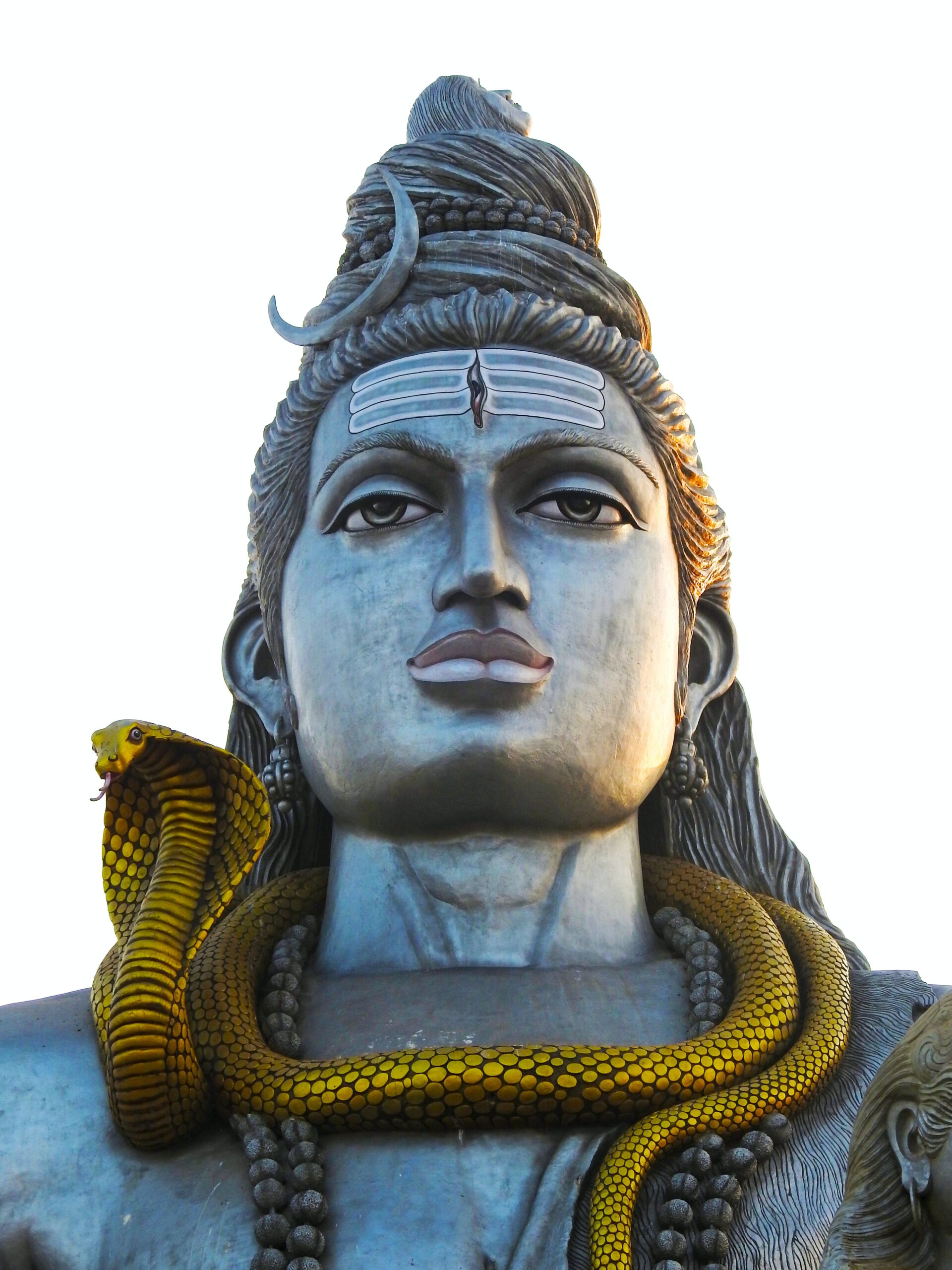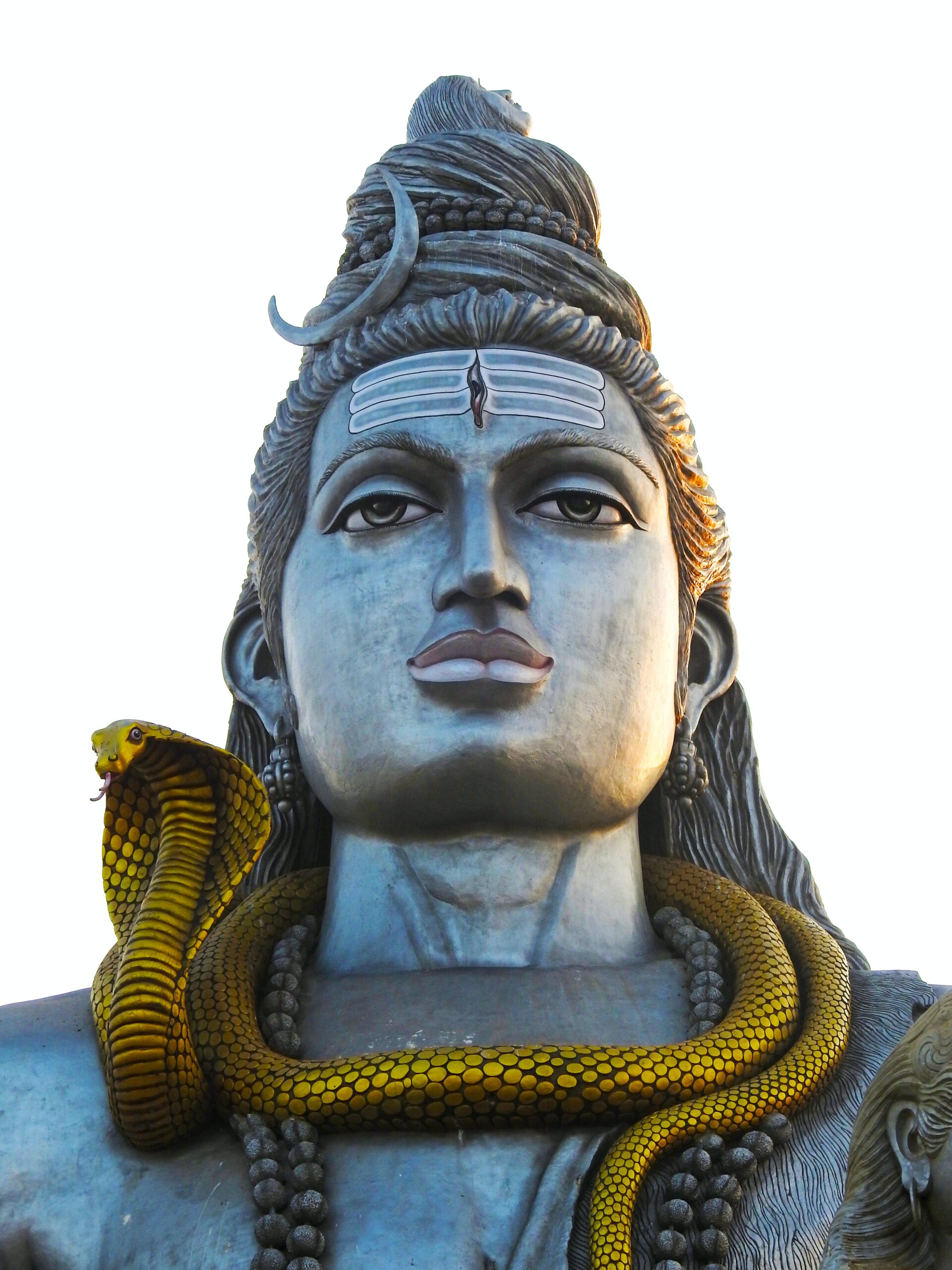The Kamakhya Temple in Assam, India, stands as a mystic shrine dedicated to Goddess Kamakhya, captivating in its divine allure and historical significance. As we embark on a spiritual journey through India’s sacred destinations with IndianCulture.com, the Kamakhya Temple reveals the convergence of history, faith, and culture through its sacred rituals and mesmerizing architecture. This article offers a glimpse into the enchanting world of the Kamakhya Temple, where devotees and history enthusiasts alike can immerse themselves in the mysticism and reverence that surrounds this ancient shrine.

History of the Kamakhya Temple
The Kamakhya Temple, located in Assam, India, has a rich and ancient history that dates back thousands of years. Its origins can be traced back to the ancient times, making it one of the oldest and most revered temples in the country.
Ancient Origins
The exact origins of the Kamakhya Temple are shrouded in mystery, with historical records dating back to the 8th century AD. However, archaeological findings suggest that the site may have been a place of worship long before that. Excavations have revealed the existence of ancient pottery and other artifacts, indicating human habitation in the area dating back to at least the 4th century AD.
Legend of Kamakhya Temple
According to Hindu mythology, the Kamakhya Temple is closely associated with the legend of Goddess Sati and Lord Shiva. It is believed that when Sati, the first wife of Lord Shiva, sacrificed herself in the yajna (sacrificial fire) organized by her father, King Daksha, Lord Shiva became enraged and started performing the Tandava, a vigorous and destructive dance. To pacify him, Lord Vishnu used his Sudarshan Chakra to dismember Sati’s body into 51 different parts. These body parts then fell at various places across the Indian subcontinent, and these places became known as the Shakti Peethas.
The Kamakhya Temple is believed to be the place where the womb and genitals of Goddess Sati fell. It is therefore considered to be one of the most important Shakti Peethas, where the goddess is worshipped in her feminine form as Kamakhya, the goddess of desire.
Temple Architecture
The architecture of the Kamakhya Temple is a magnificent blend of different architectural styles. The temple complex consists of several shrines, mandapas (halls), and courtyards, each showcasing intricate carvings and sculptures. The main temple, known as the Garbhagriha, is built in the typical Hemadpanthi style of architecture, with a square-shaped sanctum sanctorum. The inner walls of the temple are adorned with beautiful carvings depicting various scenes and deities from Hindu mythology.
Significance of the Kamakhya Temple
The Kamakhya Temple holds great significance not only for the people of Assam but also for devotees from all over the world. It is considered to be a powerful center of worship and a place where one can seek blessings from the goddess.
Goddess Kamakhya
Goddess Kamakhya, the presiding deity of the temple, is worshipped as the embodiment of divine feminine energy. She is believed to fulfill the desires of her devotees and bless them with love, fertility, and prosperity. Devotees offer prayers and seek her blessings for various purposes, such as health, wealth, and success.
Tantric Practices
The Kamakhya Temple is also closely associated with tantric practices. Tantra, a spiritual path that combines philosophy, rituals, and meditation, is an integral part of the temple’s traditions. Tantric rituals are performed by priests and devotees to connect with the divine energy of the goddess and attain spiritual enlightenment.
Fertility and Motherhood
One of the major aspects of the Kamakhya Temple is its association with fertility and motherhood. Many couples visit the temple to seek the blessings of Goddess Kamakhya for conceiving a child. It is believed that the goddess has special powers to bless couples with fertility and ensure the well-being of their children.

The Mysterious Menstruating Goddess
One of the most intriguing aspects of the Kamakhya Temple is the belief in the menstruation of the goddess. According to local folklore, the goddess menstruates for three days during the month of Ashadha (June/July). This phenomenon is celebrated as the Ambubachi Mela, a grand festival that attracts thousands of devotees from all over the world.
The Ambubachi Mela
During the Ambubachi Mela, the Kamakhya Temple remains closed for three days as a mark of respect for the goddess’s menstruation. Devotees believe that the earth absorbs the sacred menstrual blood of the goddess during this time, and it is considered to be highly auspicious. After three days, the temple doors are reopened, and devotees flock to witness the unveiling of the goddess, who is bathed and adorned with new clothes and jewelry.
Menstruation as a Symbol of Life and Power
The belief in the menstruation of the goddess is deeply rooted in the ancient tradition of worshiping the feminine power and embracing its cyclical nature. Menstruation is seen as a symbol of life, fertility, and the creative power of the goddess. It is considered to be a time of immense energy and spiritual significance, reflecting the divine power of the goddess.
Rituals and Festivals at Kamakhya Temple
The Kamakhya Temple is a place of continuous devotion and celebration, with various rituals and festivals being performed throughout the year.
Daily Puja
Every day, the temple priests perform elaborate rituals and puja (worship) ceremonies to honor the goddess and seek her blessings. Devotees can participate in these rituals by offering flowers, incense, and other sacred items to the goddess. The temple ambiance is filled with the sound of prayers and chants, creating a serene and spiritual atmosphere.
Navratri Celebrations
The Navratri festival holds special significance at the Kamakhya Temple. Navratri, meaning “nine nights,” is a Hindu festival celebrated to honor the goddess Durga and her different forms. The festival is marked by elaborate rituals, fasting, and cultural performances. Devotees visit the Kamakhya Temple during Navratri to seek the blessings of the goddess and participate in the festivities.
Durga Puja
Durga Puja, also known as Durgotsava, is one of the biggest and most widely celebrated festivals in Assam. It is dedicated to goddess Durga and commemorates her victory over the buffalo demon Mahishasura. The Kamakhya Temple plays a significant role in the Durga Puja celebrations, with devotees thronging the temple premises to offer prayers and seek the blessings of the goddess.

Exploring the Sanctum Sanctorum
The Kamakhya Temple is known for its unique sanctum sanctorum and the presence of the yoni idol, symbolizing the divine feminine energy.
Main Shrine and the Garbhagriha
The main shrine of the Kamakhya Temple is located in the Garbhagriha, the central sanctum sanctorum of the temple. It is here that the goddess Kamakhya is worshipped in her yoni form, symbolizing the creative power of the universe. The sanctum sanctorum is believed to be a highly sacred space, filled with divine energy and vibrations.
Inner Sanctum and the Yoni Idol
Inside the Garbhagriha, there is a small chamber known as the inner sanctum, which houses the yoni idol of the goddess. The yoni, representing the female reproductive organs, is considered to be the seat of divine energy and fertility. Devotees offer prayers and seek blessings by touching the yoni idol, which is believed to bring them good luck and prosperity.
Tantric Symbolism
The presence of the yoni idol in the Kamakhya Temple holds deep tantric symbolism. It represents the union of Shiva and Shakti, the male and female energies, and the harmony between the masculine and feminine aspects of creation. The yoni is revered as the source of all life and serves as a powerful reminder of the infinite possibilities of creation.
Astrological Importance of Kamakhya Temple
The Kamakhya Temple is not only a place of worship but also holds great astrological significance. It is believed to be a powerful center for performing planetary remedies and practicing tantric astrology.
Navagraha Temples at Kamakhya
The Kamakhya Temple complex is home to the nine Navagraha Temples, dedicated to the nine celestial bodies or planets in Hindu astrology. Each temple is associated with a specific planet and is believed to have the power to influence the planetary positions in a person’s horoscope. Devotees visit these temples to perform rituals and seek remedies for planetary afflictions.
Planetary Remedies
According to astrology, the positions and movements of the planetary bodies can have a significant impact on an individual’s life. The Kamakhya Temple offers various rituals and pujas to mitigate the ill effects of planetary afflictions and bring positive changes in one’s life. Devotees seek the blessings of the goddess and perform specific rituals based on their astrological charts to overcome obstacles and achieve success.
Tantric Astrology
Tantric astrology, practiced at the Kamakhya Temple, is a unique form of astrology that combines the principles of tantra and astrology. It focuses on the energy patterns and vibrations of the planets and uses tantric rituals and remedies to balance and harmonize the planetary influences. Tantric astrologers at the temple provide guidance and predictions based on the individual’s birth chart and recommend specific rituals and remedies for a better life.
Visiting Kamakhya Temple
Visiting the Kamakhya Temple is a spiritual journey that offers devotees the opportunity to connect with the divine energy of the goddess and experience the rich cultural heritage of Assam.
Best Time to Visit
The Kamakhya Temple can be visited throughout the year, but the best time to experience its grandeur is during the festivals and special occasions. The Navratri festival and the Ambubachi Mela are particularly auspicious times to visit the temple, as they attract a large number of devotees and offer a vibrant and festive atmosphere.
Getting There
The Kamakhya Temple is located in Guwahati, the capital city of Assam. It can be easily reached by air, train, or road. The Lokpriya Gopinath Bordoloi International Airport in Guwahati is well-connected to major cities in India and abroad. The Guwahati Railway Station is a major railhead in the region, with regular train services from various parts of the country. Buses and taxis are available for local transportation in Guwahati.
Temple Timings
The Kamakhya Temple opens its doors to devotees early in the morning and remains open till late evening. The temple timings may vary depending on the day and the festival season. It is advisable to check the timings before planning a visit to the temple to ensure a smooth and hassle-free experience.
Surrounding Places to Explore
Apart from the Kamakhya Temple, there are several other attractions in and around Guwahati that are worth visiting.
Umananda Temple
Located on the Peacock Island in the Brahmaputra River, the Umananda Temple is another significant shrine in Assam. Dedicated to Lord Shiva, the temple offers breathtaking views of the river and the surrounding landscapes. Visitors can reach the island by ferry and explore the temple’s serene ambiance.
Nilachal Hill
Situated near the Kamakhya Temple, Nilachal Hill is a scenic spot that offers panoramic views of Guwahati and the Brahmaputra River. The hill is dotted with several other temples, making it a popular pilgrimage site. Visitors can enjoy a leisurely walk or hike up the hill and experience the tranquility of the surroundings.
Assam State Museum
For those interested in Assam’s rich cultural heritage, a visit to the Assam State Museum is a must. Located in Guwahati, the museum showcases a vast collection of artifacts, sculptures, manuscripts, and other objects of historical and cultural importance. It provides a glimpse into the art, culture, and traditions of the state.
Preservation and Conservation Efforts
The Kamakhya Temple and its surroundings are not only a religious site but also an important ecosystem that requires preservation and conservation efforts.
Protection of Kamakhya Wildlife Sanctuary
The Kamakhya Temple is located within the Kamakhya Wildlife Sanctuary, which is home to various species of flora and fauna. Efforts are being made to protect and preserve the sanctuary’s biodiversity and maintain its ecological balance. Strict regulations are imposed to prevent any encroachments or disturbances to the natural habitat.
Architectural Restoration
Over the years, the Kamakhya Temple has undergone several renovations and restoration works to preserve its architectural grandeur. Skilled artisans and craftsmen have contributed to the restoration efforts, ensuring that the temple retains its original charm and beauty. Adequate measures are taken to maintain the structural integrity of the temple and protect it from natural and man-made damages.
Celebrating Assam’s Heritage
The Kamakhya Temple is not only a place of worship but also a symbol of Assam’s rich cultural heritage. Various initiatives and cultural events are organized to celebrate and promote Assam’s traditions, arts, crafts, and music. These efforts not only contribute to the preservation of Assam’s heritage but also create awareness and appreciation among visitors from different parts of the world.
Religious Tourism in Assam
The Kamakhya Temple is a prime example of the religious tourism potential of Assam. The state is home to several other sacred places that attract pilgrims and tourists from far and wide.
Other Sacred Places in Assam
Assam is dotted with numerous temples, monasteries, and sacred sites that hold immense spiritual significance. Some of the popular ones include the Kamakhya Peeth, the Barpeta Satra, the Madan Kamdev Temple, and the Srimanta Sankardeva Kalakshetra. These places offer a deeper insight into Assam’s religious and cultural tapestry.
Assam’s Cultural Heritage
Assam is known for its rich culture, traditions, and music. The state’s diverse ethnic communities have preserved their unique customs and rituals, which are showcased through various festivals, dances, and music forms. Visitors to Assam can immerse themselves in the vibrant cultural heritage and experience the warmth and hospitality of the locals.
Promoting Spiritual Tourism
With its mix of spirituality, history, and natural beauty, Assam has enormous potential as a spiritual tourism destination. The state government, along with various tourism organizations, is promoting spiritual tourism by organizing festivals, cultural events, and providing necessary infrastructure. These initiatives not only boost tourism but also create opportunities for local communities and contribute to the overall development of the region.
In conclusion, the Kamakhya Temple in Assam is not only a place of devotion but also a symbol of power, fertility, and spirituality. Its ancient origins, unique rituals, and architectural grandeur make it a must-visit destination for spiritual seekers and those interested in Assam’s rich cultural heritage. The temple’s significance in tantric practices, astrological remedies, and preservation efforts further enhance its appeal as a mystic shrine of Goddess Kamakhya.
